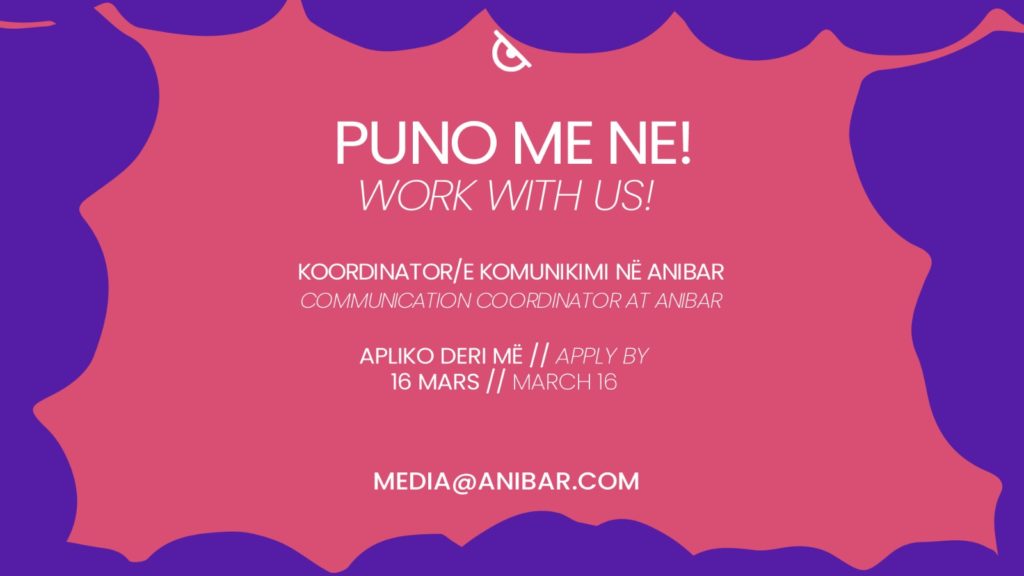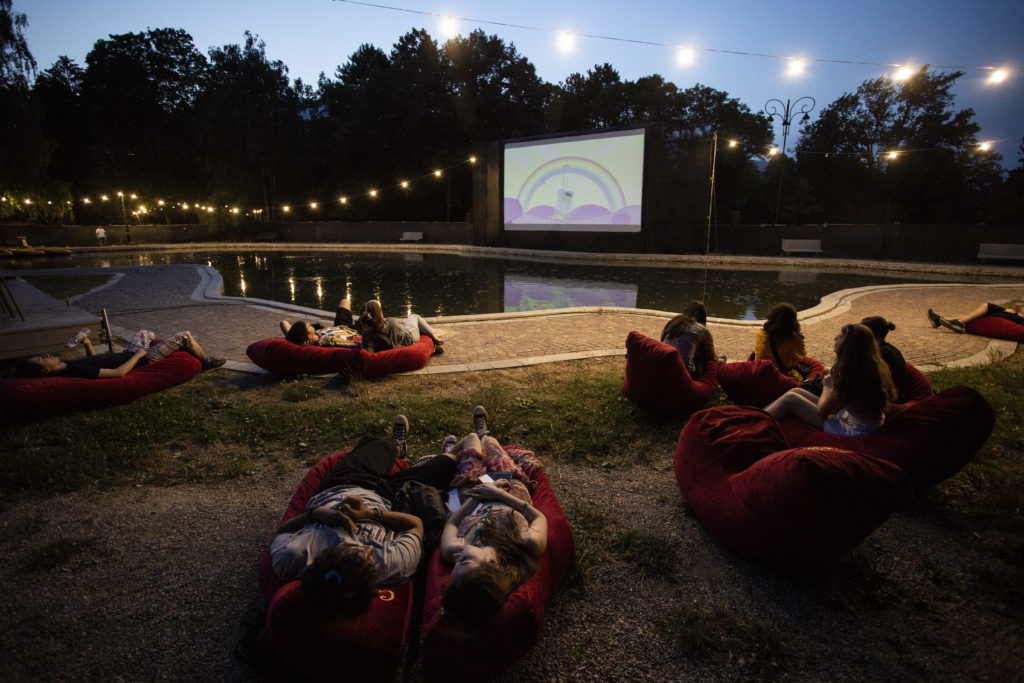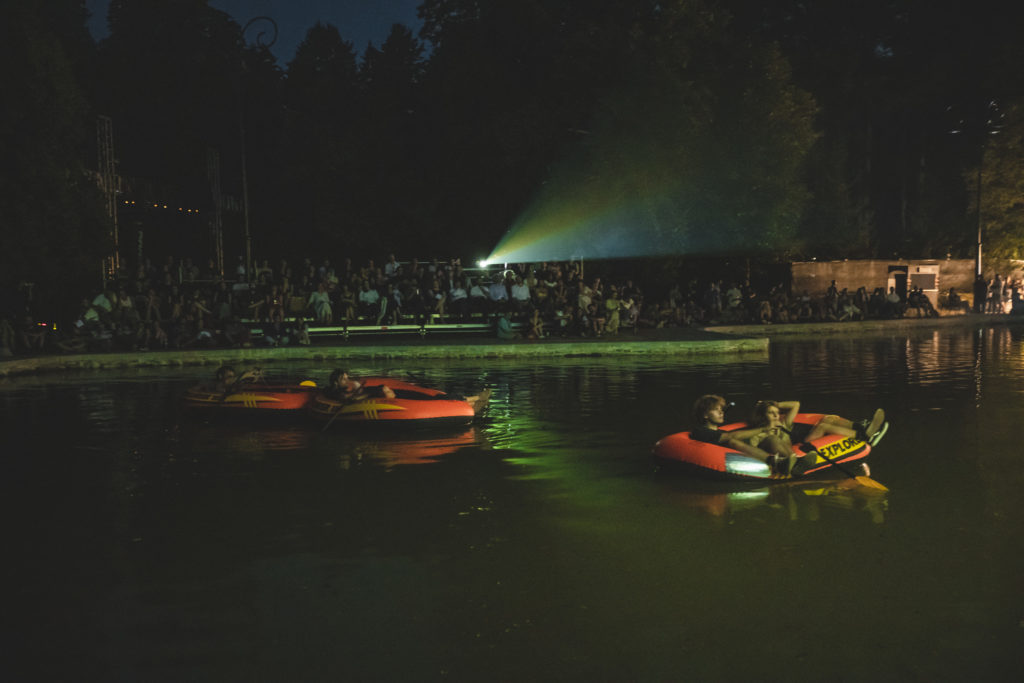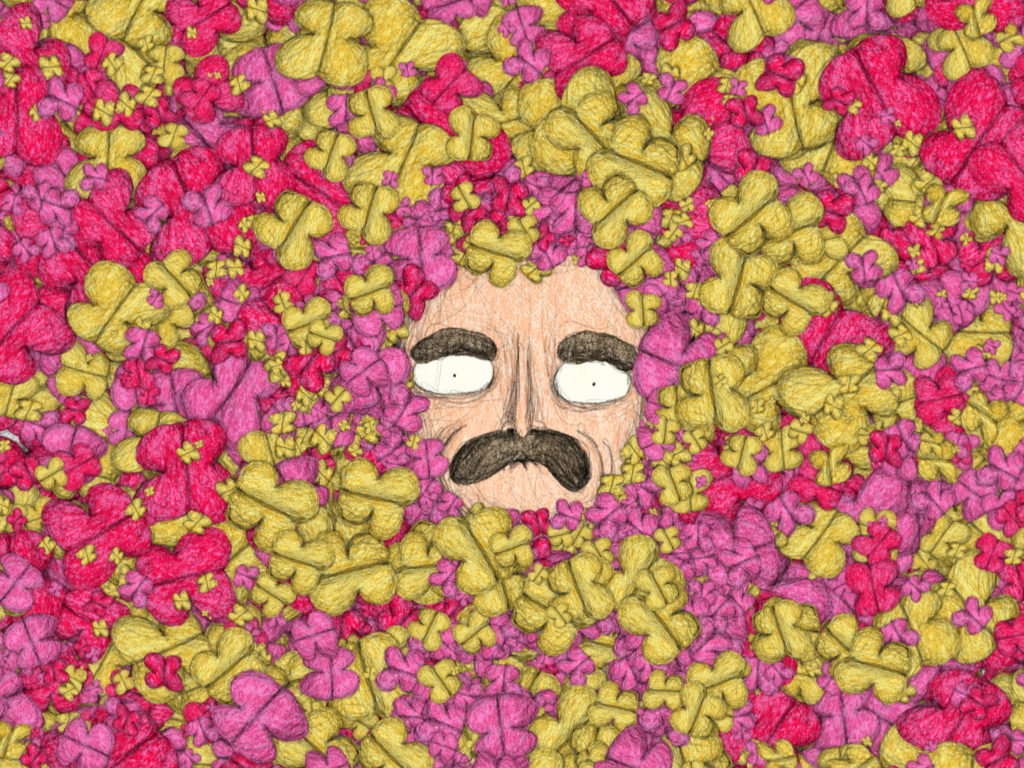A Towering Debut
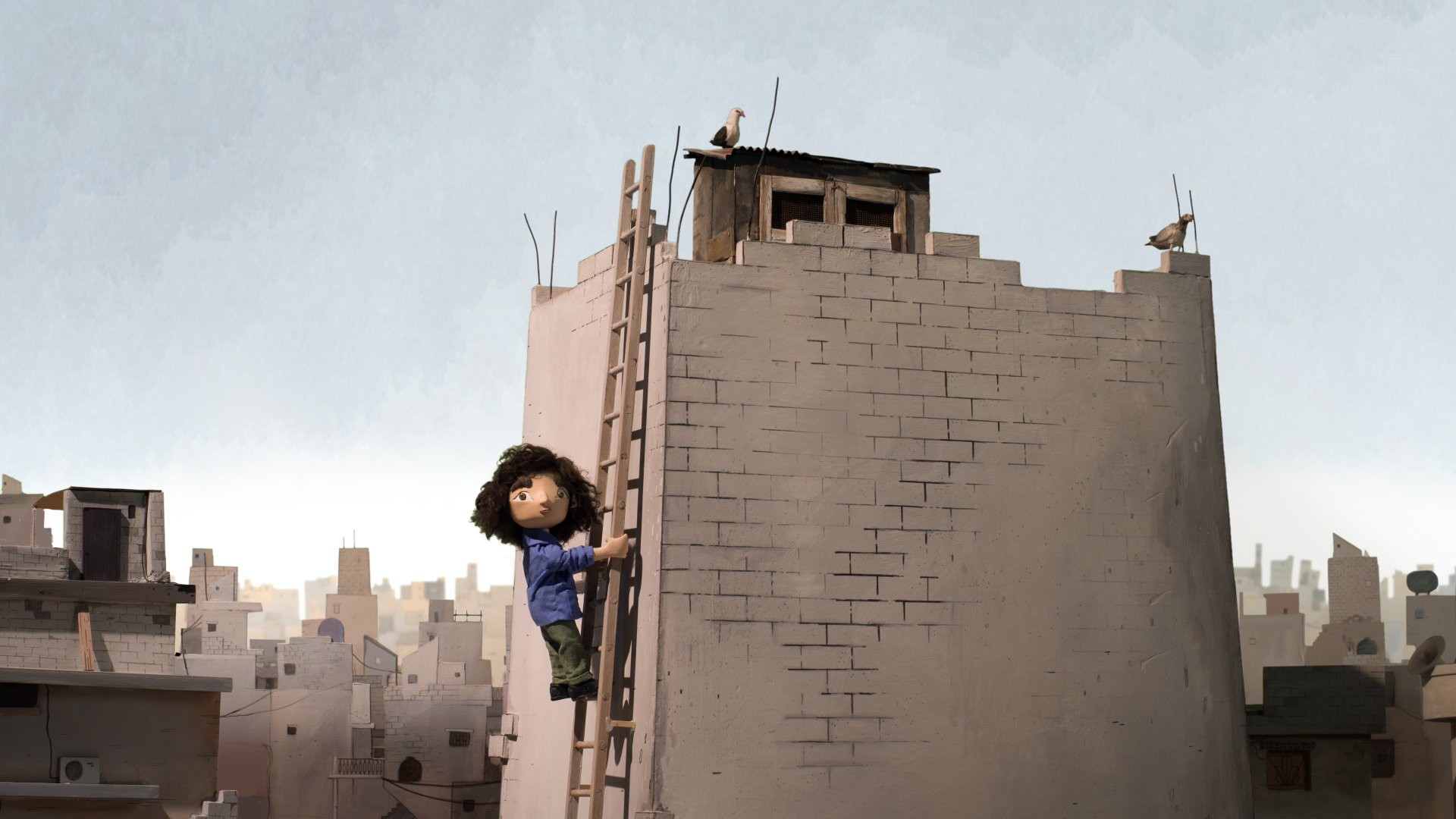
Gojko Dimić
Mats Grorud’s stop motion animated feature film debut The Tower calls for attention to the lives of the refugees in a touching and reaffirming way. This year Anibar’s theme is “hopes and fears”, and through the art of animation we all get to share exactly that. The Tower is a picture that perfectly responds to this year festival’s manifesto. It is a story about fear of extinction and the painstaking fight of generations of people to keep the hope alive and stop the nightmare from happening.
This is a film one can recommend to any person of any age. It uses all the means necessary to tell the story and it never feels pretentious. Every character serves its purpose and there is something unique about their design that compliments the narrative so well. The story here is of Wardi, a young Palestinian girl living in a crowded refugee camp filled with square-like apartments stacked on top of each other like boxes, merging into big towers that overlook everything. From top to bottom, each of the “boxes” contains stories of heartbreak and battles for freedom. Through Wardi’s interactions we get to discover an intricate and poignant history of her people, from the founding of Israel in 1948 up till now. Unusually creative ways are used to blend fiction with real life not just in the context of plot but also in its artistic aspect. The film combines stop motion animation used for depiction of the present time with Moho 2-D animation (which Grorud used previously in his shorts) for representation of the past explained to Wardi by her elders. It also uses real life documentary footage in order to show war and the conditions of the refugees. All means are employed in such a clever way that, as soon as you become comfortable with the world presented to you, you’re being pulled back into reality by the flip off a switch. The film also uses actual photographs of refugee families as a way to pull down the curtain and expose us to the core message of the film. Those snapshots of family are the film’s icons and they are the reason this film came to fruition in the first place.
Director of the film is also the screenwriter and if you didn’t know anything about him or his background before watching The Tower you’d think he is Palestinian as well. On the contrary, Mats Grorud is an animator from Norway with a background in stop motion animation. The inspiration for the film came from his exposure to Palestinian refugees met while he was in Lebanon. This kind of story can have its own little traps, and a less talented director and screenwriter would have fallen for every single one. Instead, Mats Grorud shifts the focus of such stories from tragedy to resilience and the paradoxes this might create. He shows us a family’s unbreakable bond and the impact the past still has on their lives. Quoting from the film: We don’t live tragic lives. Our lives experienced tragedy. Grorud managed to make an allegorical tale about something we hear a lot in the news and he made it fresh, exciting and subversive in so many ways. Such stories usually cast blame and judgment on the other side but in this film one of Wardi’s family members manages to throw in an objective remark about the whole situation and proves once again that not everything is black and white. The Tower is filled with nuances and each new character we encounter helps broaden our horizons. We climb up the tower and we are rewarded with the knowledge of the ones who have built it over the years.
Our past is the foundation on which our future is built on, and this film is a shining example of that. The film’s universality and creativity make it a must-watch for young and old and I wouldn’t be surprised if it helps bridging the gap between the two, and sparks up meaningful and necessary exchange.
This article is an output of the Film Criticism and Journalism workshop which is being organized within the project “Development of animation culture between Western Balkans and Visegrad Group” implemented by Anibar and Civil Association for the Support of the Animated Film, Primanima Ltd.,Institute of Cultural Studies, Faculty of Humanities, Marie Curie-Skłodowska University in Lublin, The Academy of Performing Arts in Prague – Film and TV School – Department of Animated Film.
The project is co-financed by the Governments of Czechia, Hungary, Poland, and Slovakia through Visegrad Grants from International Visegrad Fund. The mission of the fund is to advance ideas for sustainable regional cooperation in Central Europe.

